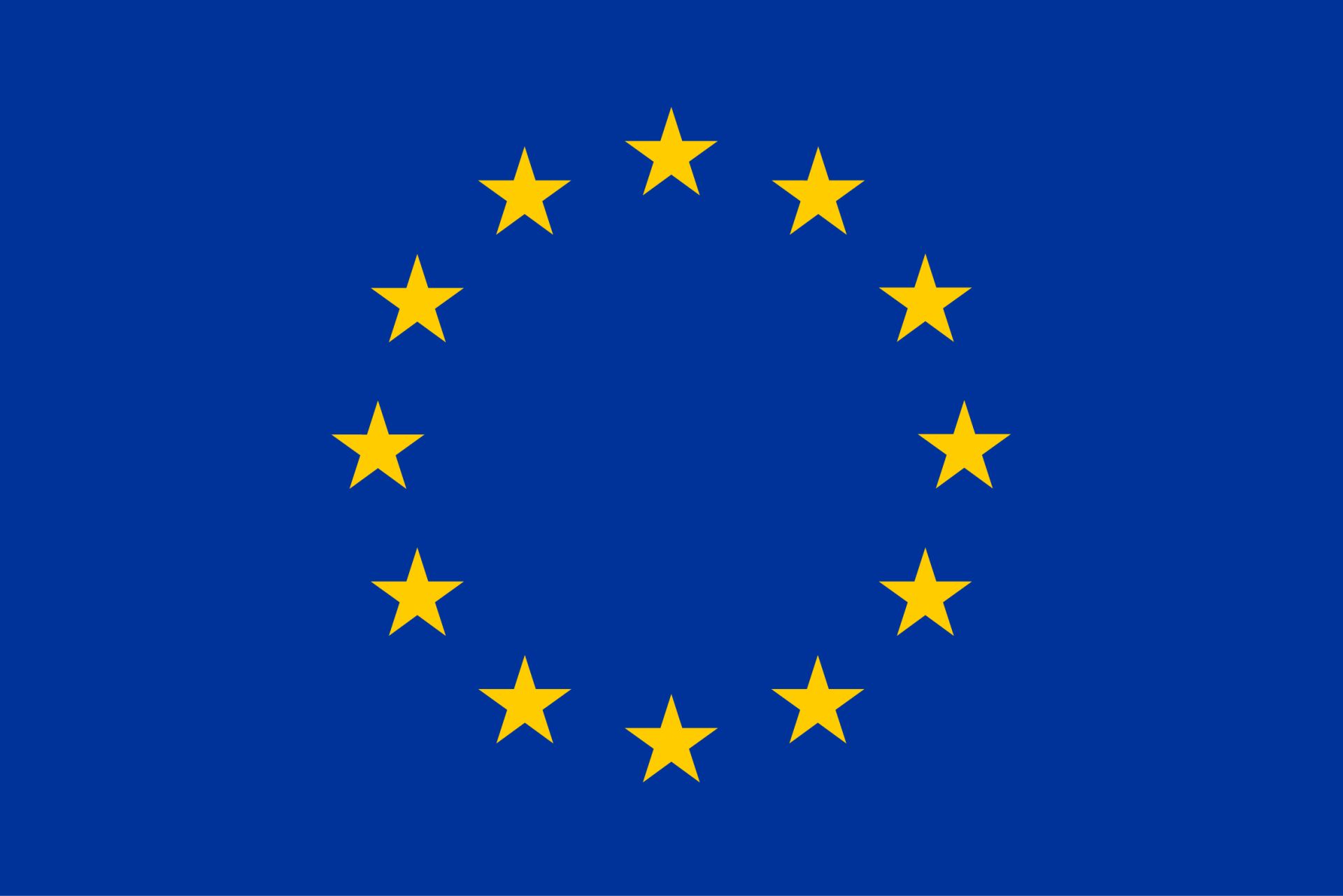
Course curriculum
00. Introduction
- Welcome
- Rolling in the math
- A bit of background - what is a computer?
- (Everything I Do) I do it differently from you
01. Encoding Information
- Flipping coins, building codes
- State of Mind
02. Qubits, superposition, and entanglement
- State of Vector
- Superposition for real
- Sphere from the Bloch
- Superposition for good
- Add a chair to the table - multiple qubits
03. Processing information - quantum logic gates
- Gate-away
- The quantum-NOT gate
- Y and Z gates
- The Phase gate
- The Hadamard gate
- Gate (order) keeping
- SANDBOX - Amplitude game
- General single-qubit gates
- Multiple-qubit gate
04. Reading information - quantum measurement
- Measure it square
- Hit me with all your best shots
- Choreographing interference
- The final output
05. Quantum algorithms - let's start
- The C-NOT gate: or how to inject entanglement in the game
- SANDBOX - Bell states
- Do not forGate – recap
- Universal quantum computing
- SANDBOX - Teleportation protocol
06. Wrap-Up
- Quantum quiz
- Quick survey
- Certificate of completion
Course curriculum


